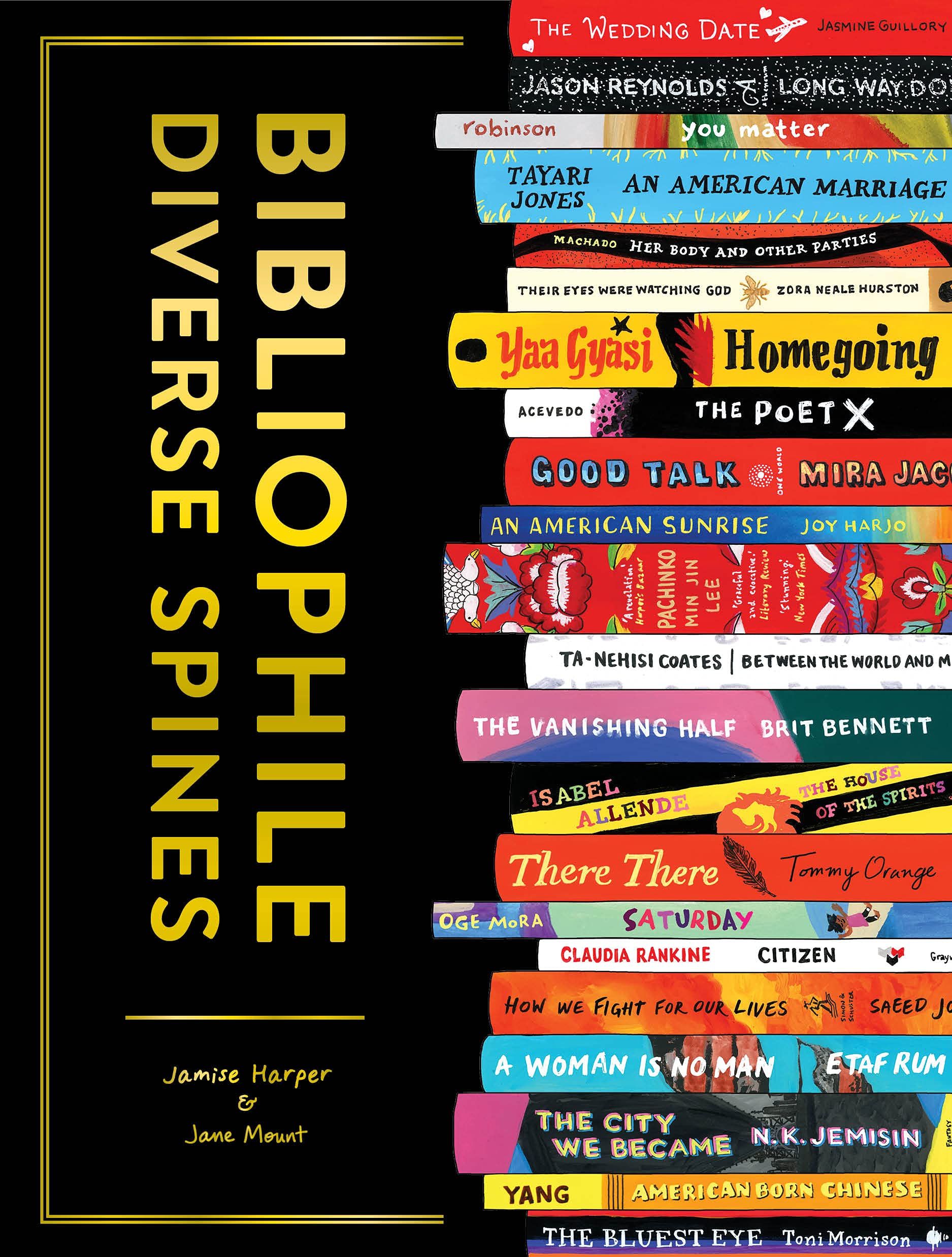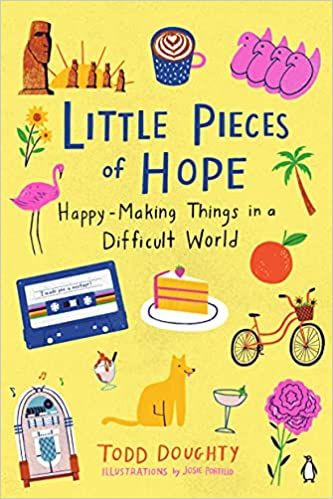The pandemic is one of the few times that reading failed me in a big way. (Although it doesn’t seem fair to put the blame on reading, instead of, say, the larger systemic failure of our government to acknowledge how serious things were). I tried to read, but found myself DNFing books left and right; books I would normally devour. I didn’t even want to read old favorites. What I could read were books like 14,000 Things to Be Happy About. Books with short bursts of text, or lists that evoked an emotional response. I found myself looking more at graphic novels or illustrated books. As time went on, reading got easier again, although I still find my patience very thin for books about what I feel are “trivial” things at whatever moment. I find myself abandoning books more often than I’d like for reasons I can’t really explain except waves hands at everything around us. As someone with a public health background, it’s been very hard not to get discouraged. As the parent of a young child, I worry endlessly about the future, about his future. And while my reading tastes do tend to skew to the heavier side, there are some books I’ve been drawn to lately that have brought joy into my life, just when I needed it.
Different Kinds of Books Bring Different Kinds of Escape
When Jane Mount’s Bibliophile came out in 2018, I was still in a phase of severe sleep deprivation because my kid was still far from sleeping through the night, and still really trying to get a routine down with work and parenting. My grandmother’s cancer was getting worse, and it was not a great time. But this book allowed me to escape into its artwork and read about what I loved most: reading and books. Even if I didn’t have the energy to read the text, just enjoying the artwork made me happy.
Why Are These Books So Helpful?
Many people who have lived with anxiety, grief, or depression, or parents who have lived through the intense sleep deprivation phase of early parenting can tell you that it can be hard to read during those times. Focus, concentration, energy, effort, interest — all of these are at all-time lows. Books that are heavy on illustrations or comprised of lists and miscellany provide just the right amount of text in an easy-to-digest way that you can pick up and put down whenever, and return to and dive right back in. Because of its discrete lists and parts, it was a great book to read slowly. The format lends itself to depression, busy parents, tired eyes, and overpacked schedules. The lists are typically a page or two, the essays are very short but mighty, and the illustrations break it up. You’d think this would be a fast read, but oddly enough, because of the format, sometimes I think it forced me to read slowly because you don’t really get into a rhythm like you would when reading a novel. Instead, various entries elicited reactions as I read, further slowing me down as I thought about each thing. All of these books are also — dare I say — happy-making. I am far from a Pollyanna. My reading tastes run toward the darker, cynical side (I prefer to call it realistic)…and yet. At a time when it’s easy to become overloaded and broken down by constant news cycles and influxes of information from social media and our own personal stressors, it’s nice to open up a book and fold yourself into some pages of hope and happiness. Have you ever read books of lists or similar books? What books do you turn to when it’s hard to fully focus? If you’re looking for more hopeful books, try books to read in dark times, as well as reading about how another Book Rioter is anchored by books.

